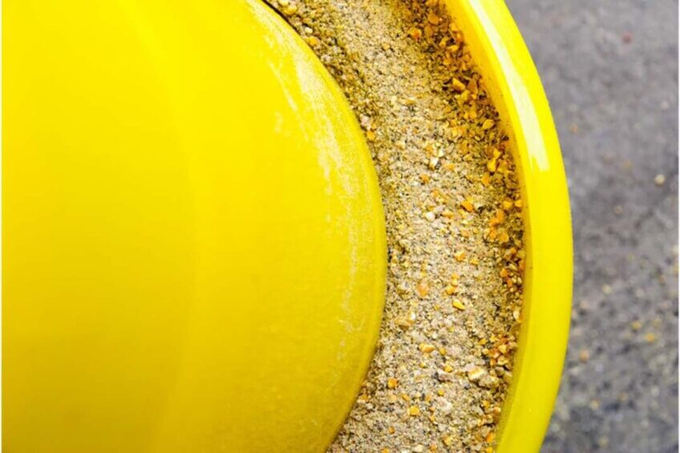December 8, 2025 | 17:33 GMT +7
December 8, 2025 | 17:33 GMT +7
Hotline: 0913.378.918
December 8, 2025 | 17:33 GMT +7
Hotline: 0913.378.918
The annual survey includes data from 142 countries and more than 27,000 feed mills.

Poultry experienced an increase in broiler feed production and remained steady with a slight increase for layers. Photo: Canva
The overall lower demand for feed was due, in part, to the more efficient use of feed made possible by intensive production systems that focus on using animal nutrition, farm management and other technologies to lower feed intake while producing the same amount of protein, or more.
A slowdown in the overall production of animal protein, in response to tight margins experienced by many feed and animal protein companies, also contributed to lower feed demand. Changing consumption patterns caused by inflation and dietary trends, higher production costs and geopolitical tensions also influenced feed production in 2023.
Poultry experienced an increase in broiler feed production (385.04 mmt, +13.10 mmt, +3.5%) and remained steady with a slight increase for layers (170.88 mmt, +0.01 mmt, 0%). Broiler feed now accounts for 29.9% of the total feed tonnage in the world thanks to a 3.5% increase in overall tonnage in 2023. While this growth was not uniform across all regions, the poultry sector is poised to keep holding strong in 2024.
For layers, there are industry-wide efforts to optimise feed efficiency and to keep pace with changing dietary trends and new purchasing power. Some markets around the globe were significantly impacted by macroeconomic challenges and disease outbreaks, which can disrupt production cycles. Still, according to the report, the general outlook for the layer industry remains positive thanks to its resilience in the face of difficult circumstances, when other protein sectors often struggle to adapt.
Together, these top 10 countries produced 63.1% of the world’s feed production (same as in 2022). Interestingly, almost half of the world’s global feed production is concentrated in China, the US, Brazil and India.
China: 262.71 mmt (+0.76%) US: 238.09 mmt (-1.13%) Brazil: 83.32 mmt (+1.84%) India: 52.83 mmt (+13.43%) Mexico: 40.42 mmt (+0.02%) Russia: 35.46 mmt (+3.83%) Spain: 27.53 mmt (-11.88%) Vietnam: 24.15 mmt (-9.63%) Japan: 23.94 mmt (-1.15%) Turkey: 23.37 mmt (-11.48%)
(PW)

(VAN) Newly designated initiatives in Australia, Canada and South Africa represent science-based and inclusive examples of ecosystem restoration.

(VAN) Rice-based food has been selected as Japan's 'Dish of the Year' for 2025, reflecting public interest in the stable supply of the country's staple food amid a recent rice shortage.

(VAN) A research project in Sweden explored how valuable substances can be extracted from organic waste, such as food waste and animal manure, and how this loop can be closed by producing animal feed.

(VAN) Average retail fertilizer prices continued to be mostly higher during the fourth week of November 2025, according to sellers surveyed by DTN.

(VAN) Inaugural Appeal focuses on cost-effective agricultural solutions that link urgent needs with long-term resilience.

(VAN) Landmark SOLAW 2025 report reminds us that resources for food are not infinite.

(VAN) Climate change is a growing concern for agricultural productivity and several studies have focused on how climate variations can impact crop yields.